

Exactly 22 years after unleashing one of the most beloved games of all time, The Legend of Zelda: A Link to the Past, the company known for taking huge risks has made lightning strike twice, all the while doing the unthinkable. The Legend of Zelda: A Link Between Worlds marks the first time Nintendo has dropped the convoluted overarching mythology of Hyrule in favor of a direct sequel to a decades-old classic – effectively adding a few more chapters to its early history texts. The best part however, is that while this back-to-basics, top-down revival is utterly seamless and refreshing, its story feels as though it should have been there all along.
Set generations after the events of A Link to the Past, the game thrusts players back into its iconic version of Hyrule with very little foreplay. Strange occurrences have pitted a new Link against a peculiar foe, who has been sealing Hyrulians away in paintings and sending them off into a dark world known as Lorule. With the help of many interesting new characters – and a bracelet that allows Link to turn into a two-dimensional portrait himself – the player must unravel the mystery behind this new evil, and return Hyrule to the peaceful kingdom it once was.
Despite any initial fan service dropped by the titles and opening sequence, A Link Between Worlds hits the ground running. Just like its predecessor, the player is given free reign in only minutes, with a sword in one hand and a lantern in the other. While there are no dying speeches by conveniently distant uncles, events are just as quickly set in motion that give the player what they need to exact justice on the monsters roaming the land.
Link can travel between realms using cracks that have formed in various surfaces across the world.
Before long, the dark and twisted world known as Lorule is also available to explore, along with almost every single item in the game, and even fast travel between locations. This unprecedented removal of limitations allows the player to complete the game in almost any way they choose, and opens the world up to a ton of exploration in a very short amount of time. Instead of completing dungeons to unlock special items and ultimately gaining access to other areas of the map, A Link Between Worlds hands it all to the player and simply says, “Go.” Well, mostly.
Almost immediately after embarking on his quest, Link is met with a new character who offers to rent his own magical items to the Hero of Hyrule. The only catch? Those items will be automatically returned if Link falls in battle. This new mechanic not only gives a tangible value to the rupees that players have all but tripped over in previous games, but it provides a very real consequence to losing. In A Link to the Past, dying simply teleports Link to the beginning of a dungeon, or a safe area. In A Link Between Worlds, death means losing all of your borrowed items – at least until you can afford to purchase them again at ridiculous prices.
It is for this reason that the world map has opened up with more caves, nooks, and crannies in which to explore. This spelunking will often resulting in rewards of 50 or 100 rupees a pop, which may sound like a lot at first, but will quickly slip through players’ fingers as they attempt to purchase everything they need to be the hero Hyrule deserves. This gives a real sense of depth to the world, and to the many dungeons as well. Going through the motions and defeating bosses will progress the story, but it will take some serious brain work to unlock all of the secrets in a given dungeon.
Puzzles are far more challenging than in recent ‘Zelda’ installments.
Puzzles in A Link Between Worlds are unquestionably among the most challenging in the entire series, and thus the most satisfying to complete. Those familiar with this new old Hyrule will find themselves drawn to key areas, tropes, and strategies from the original game. Unfortunately, these homage mirages are all the game needs to make even the most confident players question their problem solving skills. Dungeons have been remodelled from the inside out, favoring interaction between several floors rather than a linear path, and forcing the player to be quick-witted and use multiple special items in conjunction. While their aesthetic sometimes feels very clean and flat, even in the dark world, there is a resounding sense of depth that makes up for it.
Of course, adding to the difficulty is the two-dimensional gameplay opened up by Link’s handy bracelet, which is essential to completing puzzles and dispatching nasty bosses. Nintendo’s masterful approach to dungeon level design is apparent here, as the game knows how and where to restrict players in order for them to figure out what to do next. With the amount of curveballs in the game, it won’t be unusual for players to find themselves stumped and searching for one small clue before the “eureka” moment hits, and they can progress.
The two-dimensional shifting mechanic is entirely new, but not unwelcome, finding a special place among the series’ most iconic gameplay elements. The world of Hyrule feels much more expansive because of it, with various items hidden in plain sight, and entire areas tucked away behind surfaces. Magical items old and new make traversing the world and its dungeons more exciting, and dealing with monsters more fun. Everything from world enemies to mini-games in Kakariko Village has been updated, and it all feels appropriate and sensible, not simply recycled. Music has been given an orchestral touch, while classic sound effects have kept their retro feel – a perfect blend of old and new that reflects the game itself.
Many characters and references from ‘A Link to the Past’ make an appearance, however brief.
Fans of A Link to the Past may find the overall look and feel of this new game refreshing and full of nostalgia, but there are nods to Ocarina of Time and even Wind Waker in its stylistic approach. Countless Easter eggs abound, and the attention to detail in bringing elements of various Zelda games together is very satisfying. For every good memory of flinging pottery or bludgeoning chickens, there’s a knowing nod by Nintendo in A Link Between Worlds, as if they’ve been there with you all along.
A Link Between Worlds is bigger than its body in many ways, putting a sizeable crack in the stigma of being “just a handheld Zelda game.” Nary a beat has been skipped, despite a 22-year age gap with its predecessor. With so much crammed into the cartridge, one might think a game as big as this would be better suited on a home console, but this could not be further from the truth. The three-dimensional experience made possible by the 3DS is an essential part of the game itself, providing the best use of the effect on the console to date. The entire world and its inhabitants are molded with this experience in mind, and the result is a flawless addition to the Legend of Zelda series, and arguably the best in many years.
–
The Legend of Zelda: A Link Between Worlds is available now for the Nintendo 3DS.
Follow Kyle on Twitter @superkyol.
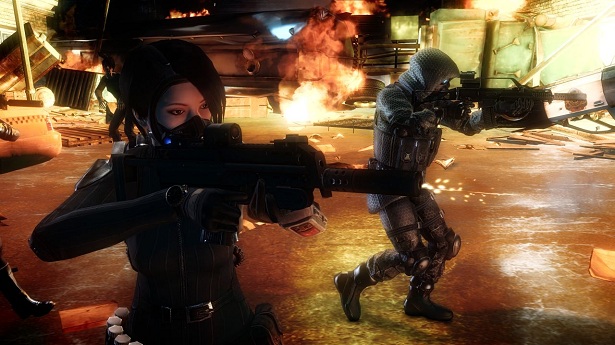
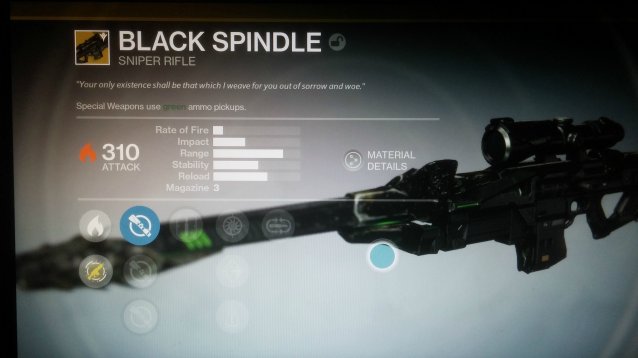


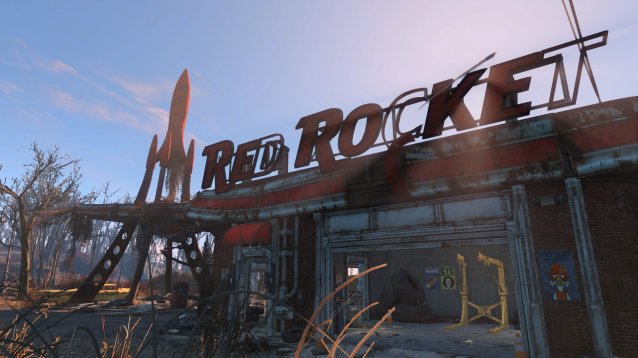 The Top 10 Fallout 4 Mods
The Top 10 Fallout 4 Mods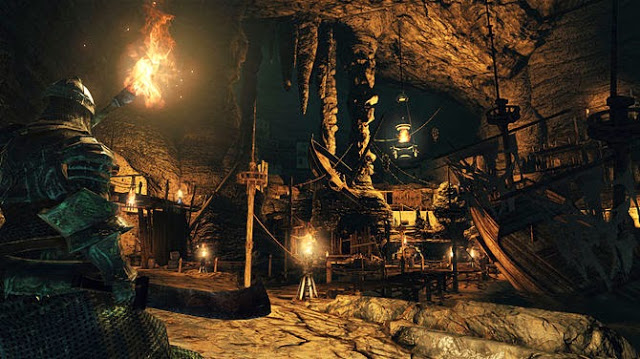 Dark Souls 2 (PC) Scholar of the First Sin walkthrough
Dark Souls 2 (PC) Scholar of the First Sin walkthrough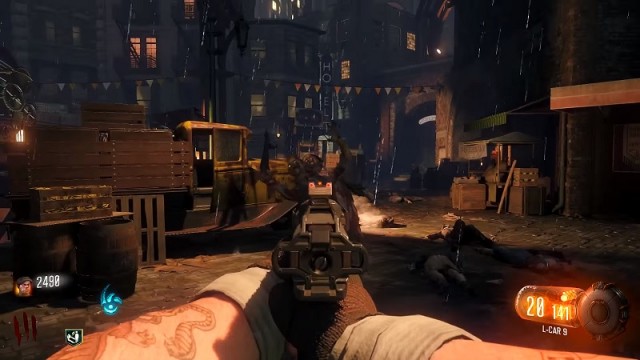 How To Have Colored Name In Leadeboards In Call of Duty: Black Ops III
How To Have Colored Name In Leadeboards In Call of Duty: Black Ops III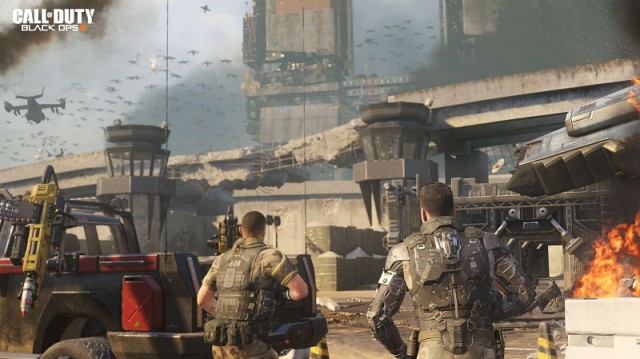 Call of Duty: Black Ops 3 How to Unlock Wildcards
Call of Duty: Black Ops 3 How to Unlock Wildcards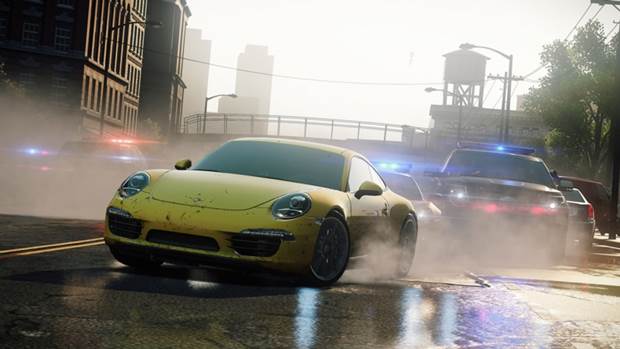 Need For Speed: Most Wanted Review (2012)
Need For Speed: Most Wanted Review (2012)